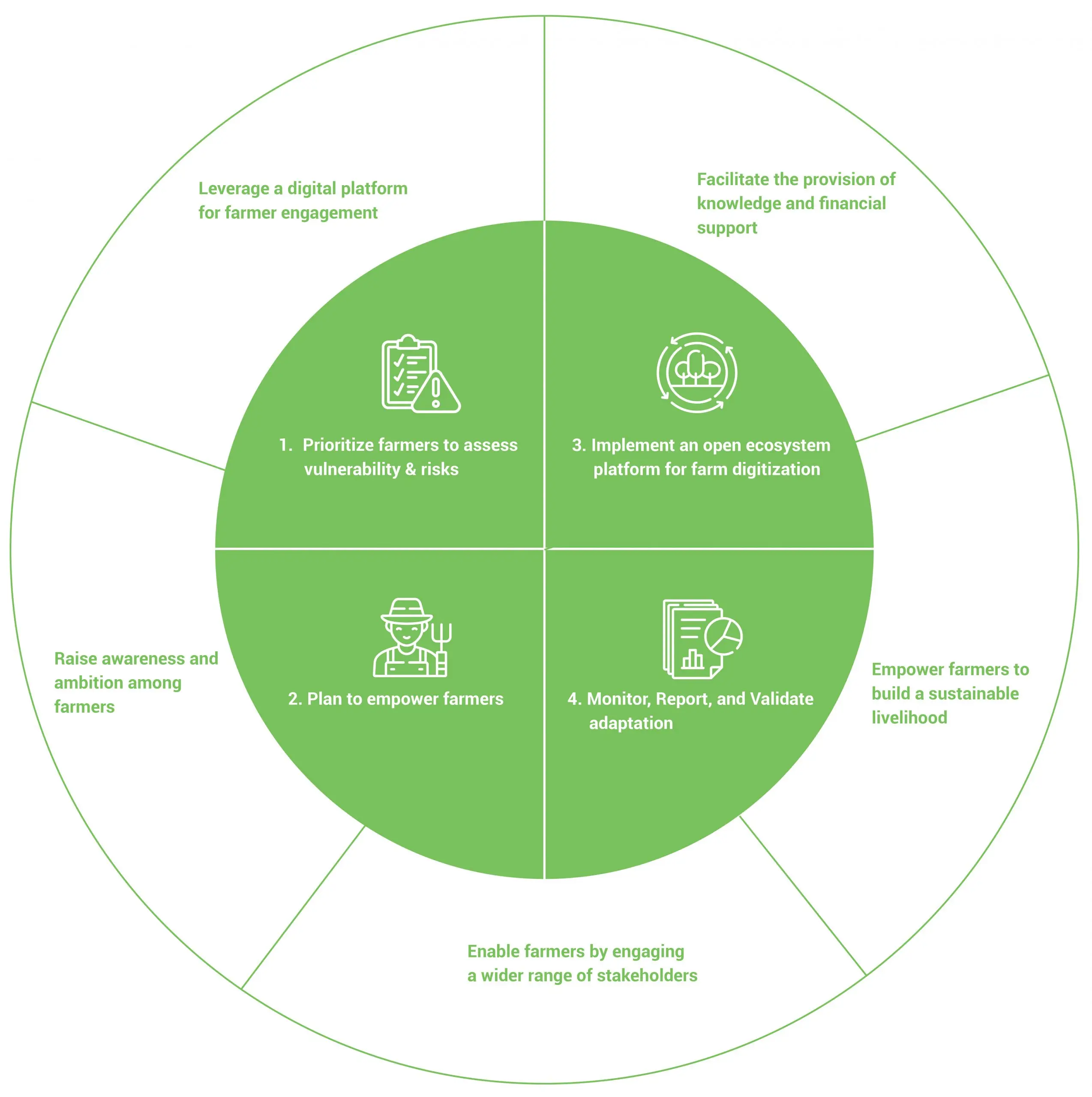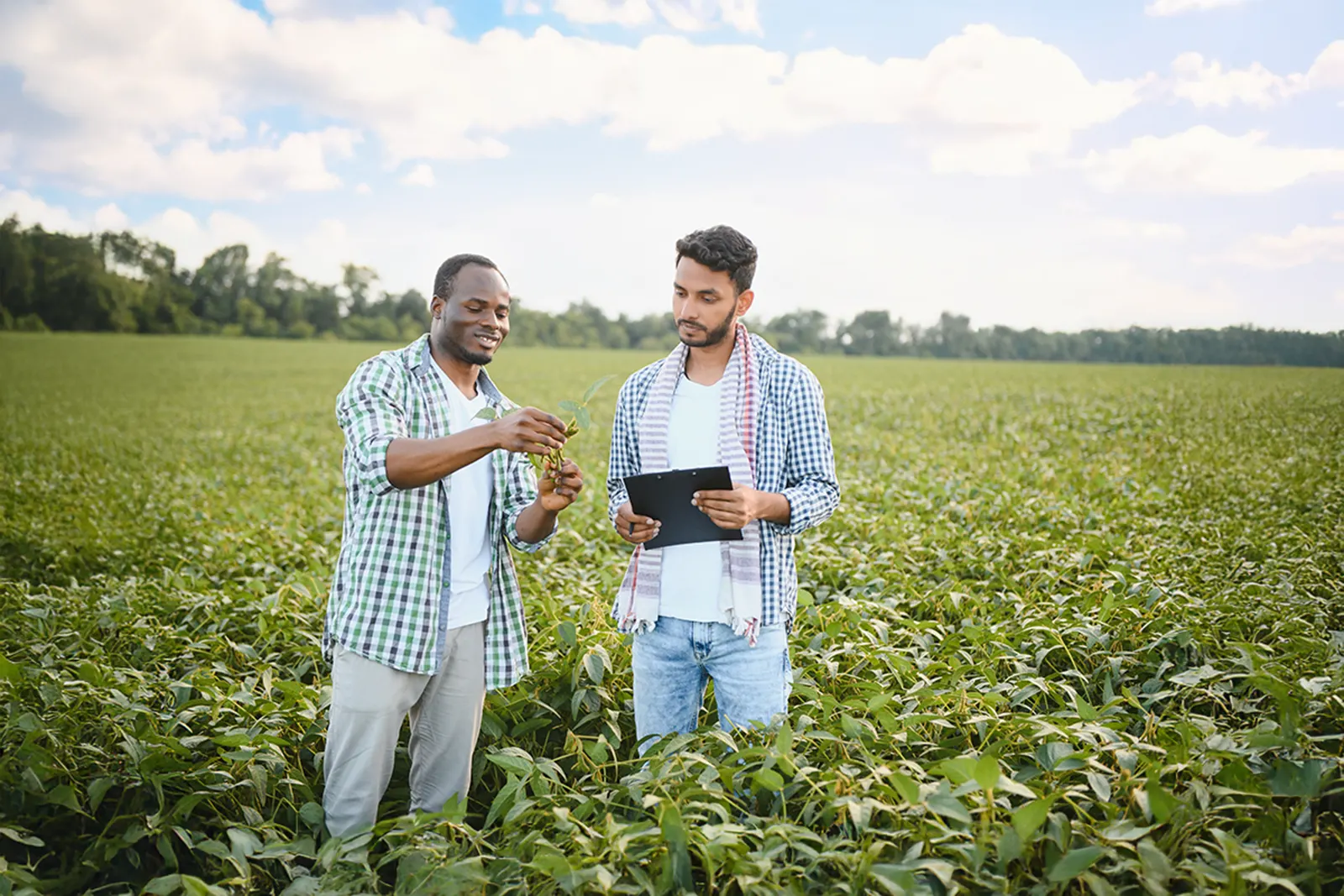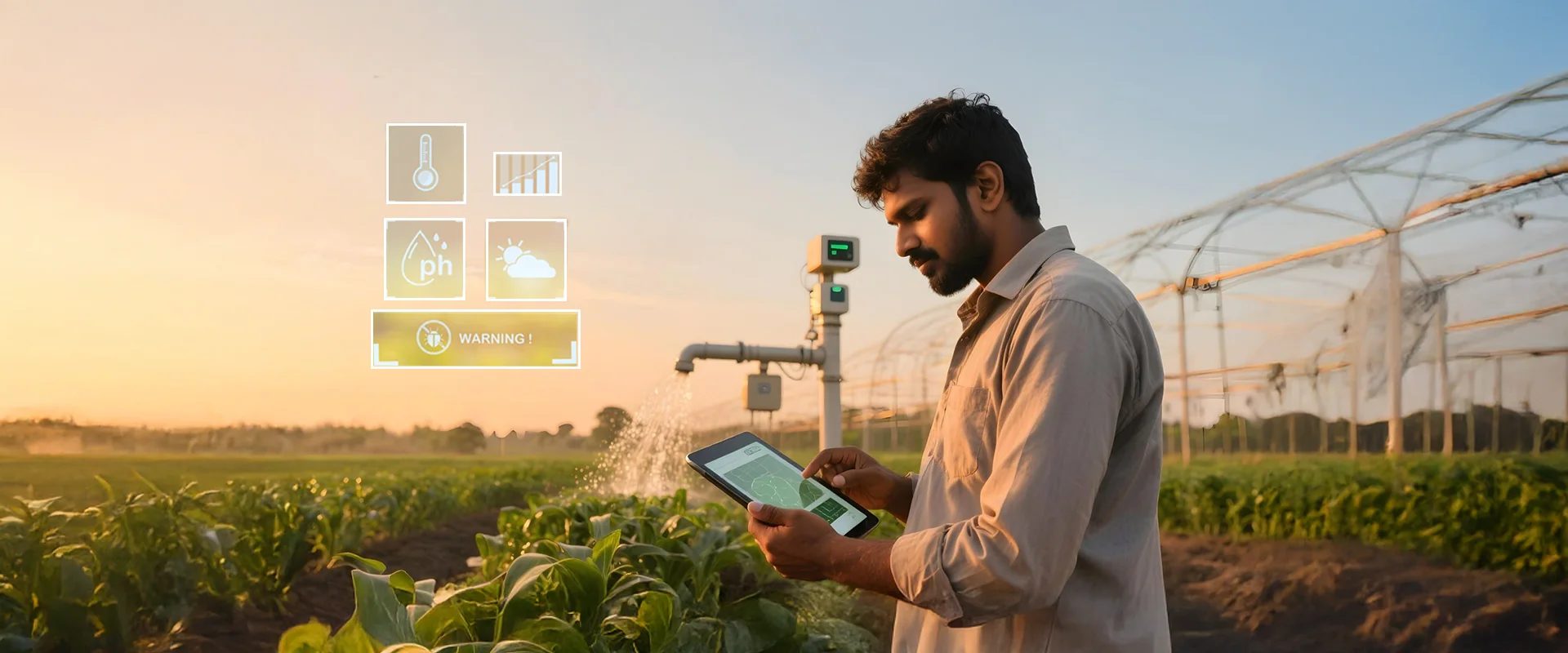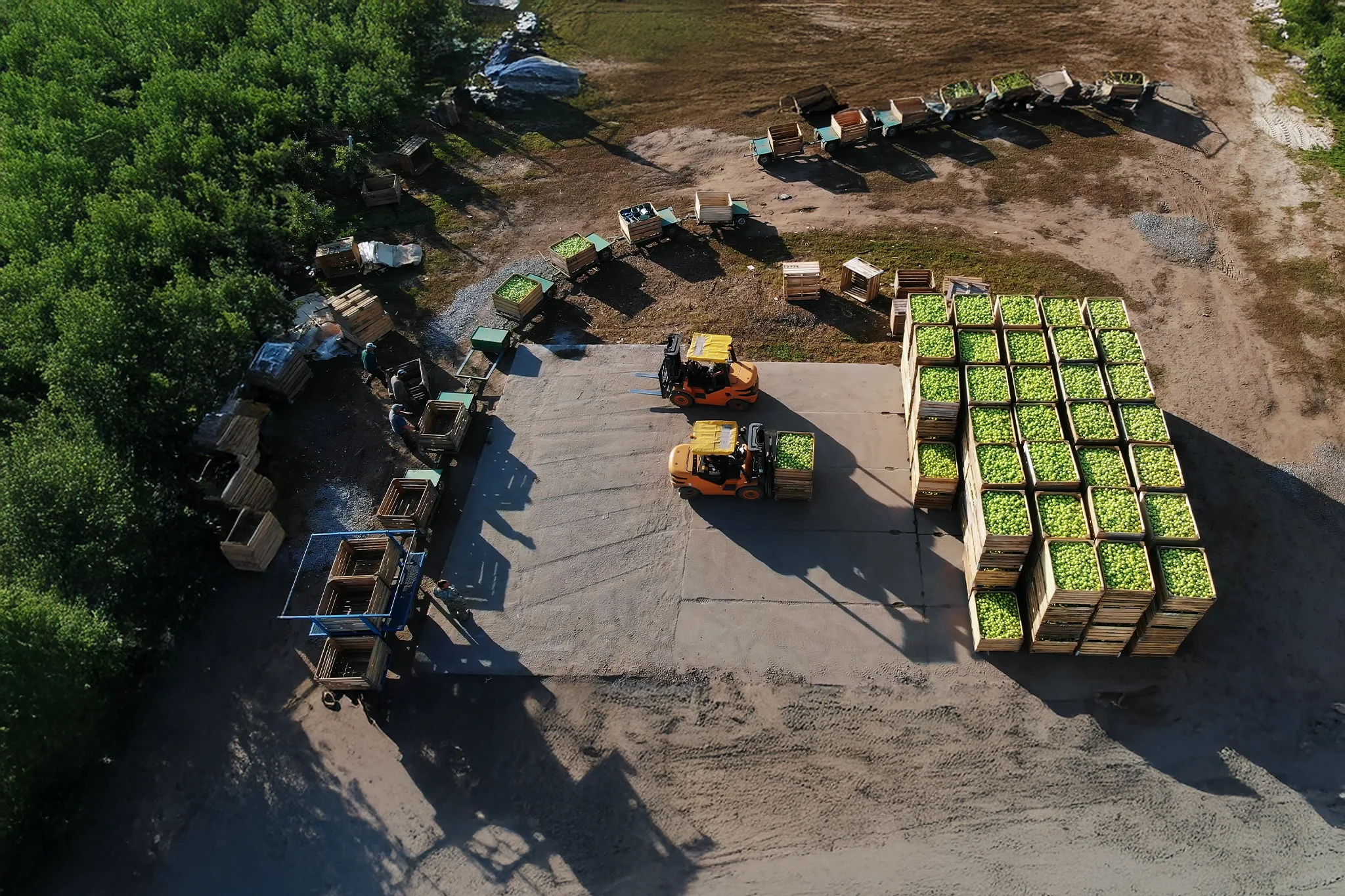At the heart of global agriculture, small farms’ resilience and rich diversity are the backbone of our food production and agri-industry. As agriculture grapples with its dual role as a contributor and victim of climate change, it urgently requires the widespread adoption of sustainable farming.
Despite an encouraging 32.5% annual growth in sustainable agriculture investments since 2013, scaling up initiatives is challenging. That is causing delays, impacting credibility, and attracting pressure from customers and stakeholders.
Farmer engagement, farmer enablement & farmer empowerment: the key to scaling sustainable agriculture
Hurdles in adopting sustainable agriculture are deeply rooted in its three critical facets:

At the heart of this challenge, farmers – the unsung heroes of agriculture, struggle with transitioning to sustainable practices. Recognizing their pivotal role, prioritizing investments in grower communities becomes the initial and crucial step toward the shift to sustainable agriculture. Success in this foundational step should drive –
- Farmer Engagement (enhance collaboration to bridge the knowledge gap)
- Farmer Enablement (enhance farmer visibility across the ecosystem)
- Farmer Empowerment (enhance profitability & income).
A report from Mckinsey identifies three interventions for organizations transitioning towards increased sustainable agriculture. They are:
- Financial incentives to encourage farmer-action
- Ecosystem collaboration with enhanced tracking and traceability
- Research and investment for cost-effective adoption of sustainable agriculture

Digital transformation for farmer engagement
The first step in adopting sustainable agriculture is addressing farmers’ knowledge gaps by engaging with and educating them. Barriers to sustainable farming, including complex financial and social pressures, hinder the transition to sustainable practices, marked by higher initial upfront and transition costs.
Overcoming these challenges requires financial incentives to supplement knowledge transfer. To advance sustainable agriculture, the industry must leverage digital transformation for farmer engagement, but this alone may not be sufficient.
Then comes the question, WHY? And WHAT ELSE?
Open ecosystem platform synergy for farmer enablement
Critical to sustainable agriculture is driving financial inclusion of farmers with the power of linkages throughout the entire system, adding value through farmer profiling (KYC – socio-economic visibility with digital presence), facilitating access to finance, enhancing visibility to all stakeholders in the agri-ecosystem, and providing status updates on creditworthiness, among others.
The transformative journey of farm digitization through an integrated open ecosystem platform can drive farmer enablement through enhanced visibility across the ecosystem. This approach also engages with the farmer by sharing the best financial products and farming practices that contribute significantly to sustainable agriculture.
Imagine an integrated open ecosystem platform deployed to establish collaboration with development agencies, farming, agri-input, and food processing companies – all catering to the same farmers. The financial sector (agri-lending and agri-insurance) within the platform can tailor programs for distinct farmer groups, making the best use of transparent visibility. While governments on their part, can leverage this innovative approach to align policies. Such a platform can also be utilized to provide farmers with updates on government initiatives.
A forward-thinking approach for farmer empowerment
The synergy comes from the platform’s ability to provide complete visibility of farmer profiles. The platform’s strength enables:
- Development agencies to identify farmers and track program progress
- Companies to gain actionable inputs, assess market demand, and adapt strategies
- Financial sector to access the digital footprint of farmers to better understand creditworthiness and risk profiles
Without such transparency achieved through digitalization on an open ecosystem platform, past sustainability programs have fallen short and have not been scalable. Embracing this forward-thinking approach unlocks impactful interventions and paves the way for sustainable livelihoods, breathing new life into collective efforts.
Confronted with the daunting scale of climate change impact and its resulting unpredictability, many farmers are discouraged from continuing farming as an occupation. To beat this, technology-supported continuous farmer empowerment emerges as an apt solution, delivering essential information, market linkages, and support to overcome uncertainties. This framework of engagement with farmers has a positive ripple as it not only benefits the current generation but also ensures a lucrative and sustainable future for farming.
Prioritize farmers for sustainable transformations
On the other hand, the challenge persists when using fragmented solutions that do not prioritize farmers as the first and most important beneficiaries of transformative changes. These point solutions will only solve bits and pieces of the puzzle and cannot be used to optimize carbon footprints and enforce climate-smart agricultural practices. So, despite millions of dollars being invested by governments across nations, development agencies, and agribusinesses, we are hardly moving the needle.
As farmer empowerment is the core focus, let us consider the point solution approach from a farmer’s perspective. All these stakeholders (be it crop protection companies, seed companies, fertilizer manufacturers, development agencies like the World Bank, or financial institutions) are engaging with the same farmer. Then-
- Is it practical for a farmer to download different mobile applications and get information from various sources?
- Is it not confusing and effort-intensive to learn and adopt multiple digital tools?
- Farmers have more pressing issues to deal with—growing crops the right way, earning better, living better, and passing on the baton to the next generation.
Then, isn’t it just fair on our part to ensure that the farmer has all the required information in one place? It is time to revisit this fragmented approach, whether internally developed solutions or third-party APIs, and adopt an open ecosystem platform solution to empower farmers.
In essence, by leveraging an open ecosystem platform, we address immediate challenges and lay the foundation for the future of a digitally enabled agri-ecosystem. This contributes to the larger goal of sustainably feeding the growing global population while promoting financial inclusion.
Benefits of open ecosystem platform for farmers and agribusinesses
Thus, for effective transformation, agribusinesses must embark on the digitization of the first- mile, leveraging an open ecosystem platform for timely notifications and personalized communication with farmers. This strategy ensures active engagement sharing of Package of Practices (PoP), driving sustainability and boosting crop yields. Over time, it also transforms into farmer loyalty. By integrating data from the first-mile digitization with various other data sets, agribusinesses can gain a clear roadmap on future corrections required to improve the sustainability metrics of the business.
An open ecosystem cloud platform must extend far beyond the above. It should enable organizations to:
- Measure, report, and verify input usage
- Make every single farm traceable, eliminating the need to visit each location physically.
- Achieve a high level of transparency for the next significant stride in adapting sustainable agriculture – validating our Environmental, Social, and Governance (ESG) goals.
Farmer empowerment: unlocking sustainable prosperity
The key to achieving end-to-end sustainability is having a single, integrated view of the value chain. To realize this goal on a global scale, it is imperative to digitalize the lowest denominator, namely the farmer and the farm asset, through an open ecosystem cloud platform to implement precision agriculture practices.
Digitization leverages the internet to connect with farmers. It facilitates the collection and dissemination of crop information. It enables farmers to make data-driven decisions, from selecting the right seeds to determining the optimal use of water, pesticides, and fertilizers. It helps to share knowledge with farmers about PoP, what to cultivate, when and how much pesticides and fertilizers to use, and make better data-driven decisions.
Leveraging digital transformation in agriculture, we aim to optimize input usage, enhance production efficiency, minimize losses, and boost overall yields. In a nutshell, all these will empower farmers to make more profit and secure their livelihood. We establish an end-to-end digital production trail at the farm level by embracing digitization through an open ecosystem platform. This allows farmers to validate their sustainable agricultural practices, empowering them to demand higher prices for their produce, driven by the perceived value and quality inherent to sustainable agriculture. Furthermore, the digital shift opens doors to a broader network of buyers, enabling farmers to sell their produce at more favorable prices.
The way forward
By onboarding farmers onto Cropin Cloud, an integrated industry cloud platform for agriculture, agri-businesses synergize farmers’ efforts with smart solutions, driving sustainability. This engagement ensures information sharing across the ecosystem, boosting crop yields and agricultural productivity. Cropin Cloud facilitates personalized communication via SMS in local languages, utilizing in-app push notifications for timely updates and task or action reminders, fostering greater engagement.
Embedded intelligence in advisories is a pivotal aspect of Cropin’s farmer engagement solutions, offering expert guidance for informed decision-making in agricultural practices and sustainability efforts. For this, Cropin leverages the world’s most extensive Crop Knowledge Graphs built with expertise gained from monitoring over 350 crops across 103 countries in the last 14 years.
Here are some proof points that show Cropin’s role in farmer empowerment.
Cropin partnered with the Alliance for Green Revolution in Africa (AGRA), an international development agency, and built productive agricultural systems for farmers that are resilient and adaptable to climate change.
Chocolate sure does taste good! But alongside comes child labor in cocoa cultivation. The majority of the global chocolate companies cannot ensure that the cocoa they procure is not harvested and processed by children. Through remote monitoring based on farm digitization, Cropin could help control child labor in Cocoa cultivation.
Cropin partnered with the World Bank and the Government of India on the Sustainable Livelihoods and Adaptation to Climate Change project (SLACC) to drive gender inclusivity in agriculture.
Farmer empowerment the key to sustainable agriculture
In conclusion, sustainable agriculture depends on empowering farmers, the backbone of the industry. A collective global effort, digitally empowering farmers and integrating them into the transformation journey, is crucial for achieving sustainability in agriculture and related industries.
Focused on farmer empowerment, the Cropin Cloud platform propels us toward a sustainable future by placing farmers at the core of the digital transformation journey. The challenge lies in efficiently collecting, managing, and analyzing diverse crop and agronomy data at scale from numerous small plots, each with unique data sets. Cropin has adeptly addressed this challenge, enabling agri players with multi-country operations to harness a consolidated and unified agronomy data set for various crop varieties to drive sustainable agriculture.
Cropin Connect, a versatile engagement and communication solution with multiple channels and languages, empowers farmers to optimize per-acre yield. It captures in-field activities, shares PoP, and delivers advisories, warnings, and alerts to enhance farmer engagement. Its data-driven intelligence enables farmers to make timely decisions and take action.








